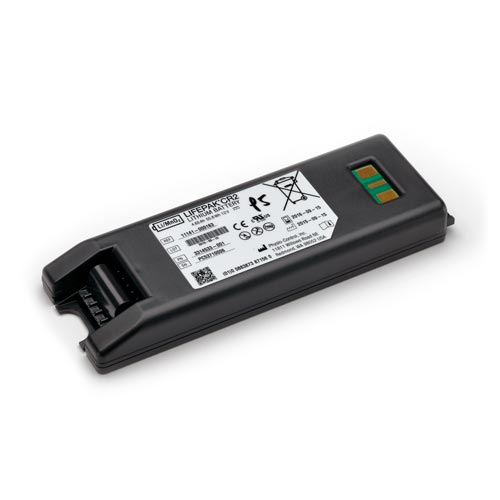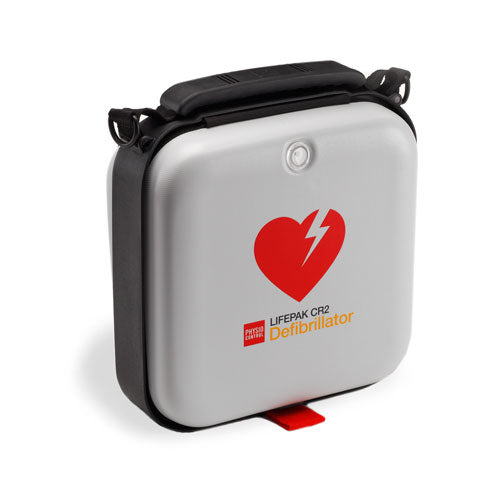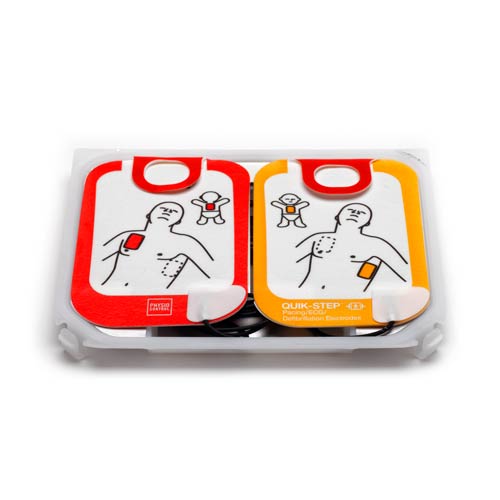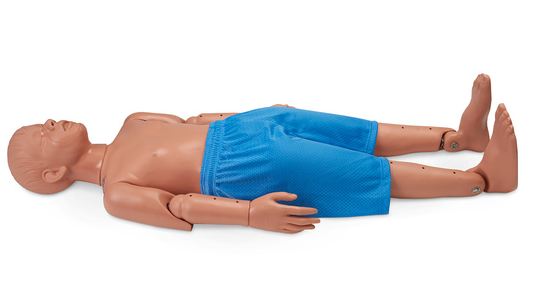LIFEPAK CR2 , Bilingual, Complete Package
In stock
Add Ons



What's included
-
LIFEPAK CR2 AED Unit: Bilingual English-French
-
Surface Mount AED Cabinet with Alarm
-
AED 3D RescueStation Wall Sign
-
AED RescueStation Flat Wall Sign
-
AED Bonus Pack - Includes 1 AED inspection tag, 1 battery replacement reminder sticker, 1 AED Wall Sticker, and 1 AED Window Sticker
-
FREE AED Management - Notification of expiring supplies and ongoing customer support to make owning and maintaining your AED simple.
Description
Physic Control’s latest defibrillator, the LIFEPAK CR2 , comes with advanced technology including cprINSIGHT™, and is the most efficient defibrillator on the market. The CR2 has the ability to analyze the patients’ heart while CPR is being administered, thereby shortening the time between CPR and defibrillation shock, boosting survival rates for patients.
The CR2 also includes an easy to use Paediatric button, allowing rescuers to effortlessly switch from adult to child mode, without the need to switch pads to match the patient.
The CR2 is Wifi enabled, allowing the AED to connect with LifeLink software to automatically update, notify of expired supplies and monitor for rescue-ready status if preferred. ( not required for operation)
Capabilities and Features
- Readiness Indicator
- QUIK-STEP™ Defibrillation Electrodes
- cprCOACH™ Feedback Technology
- ClearVoice™ Technology
- cprINSIGHT™ Analysis Technology
- Child Mode
- Dual Language ( english/french)
Other Details
| Language | Bilingual ENG/FR |
| Child Mode | integrated child button , separate pads not required |
| Energy Delivery | 360 |
| Battery Life | 4 years |
| Pad Life | 4 years |
| Length | 13″ |
| Width | 12″ |
| Height | 8″ |
| Weight | 9.0 lb |


























